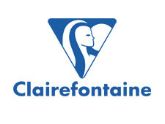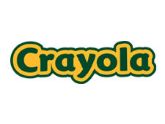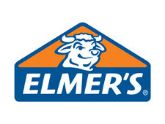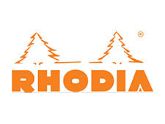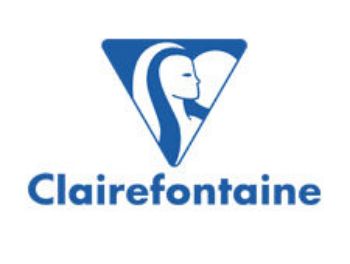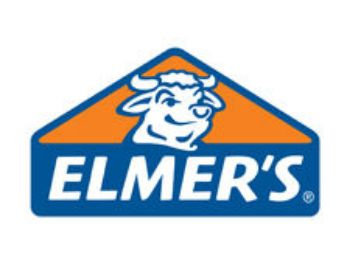Free delivery for orders above 100AED
Search Close
Shopping cart Close
You have no items in your shopping cart.
All Categories
Menu Close
- Arabic Books
- ART & CRAFTS
- English Books
- French Books
- Toys & Games
- Publisher
- Back
- Bookland
- Evan Moor
- Hachette Book Group
- Hachette UK
- Jolly Learning UK
- Macmillan Distribution
- Motivate Media Group
- MPS-VON Holtzbrinck Publishing
- Penguin Random House USA
- Scholastic Inc USA
- The Book Service LTD
- Grantham Book Services
- Flammarion France
- Back
- French Books
- Hachette Livre International
- Back
- French Books
- Interforum Editis
- Back
- French Books
- SODIS France
- Igloo Books
- Apple
- Blog
- About Us
- Contact Us
- Brands
- Universities
- All Categories
- Back
- Arabic Books
- ART & CRAFTS
- English Books
- Back
- ARAB HERITAGE
- BEST SELLER
- NON-FICTION
- BUSINESS & ECONOMICS
- CHILDRENS BOOKS
- COOKERY
- DESIGN & THE ARTS
- DICTIONARIES & REFERENCE
- FAMILY
- Back
- Parenting
- FICTION
- GENERAL KNOWLEDGE
- HEALTH & WELLNESS
- HISTORY & POLITICS
- LITERATURE & POETRY
- Back
- Literature
- Poetry
- RELIGION
- SELF IMPROVEMENT
- STUDY & TEST GUIDES
- Back
- Study Guides
- TRAVEL
- VISUAL TEACHING AIDS
- French Books
- Toys & Games
- Publisher
- Back
- Bookland
- Evan Moor
- Hachette Book Group
- Hachette UK
- Jolly Learning UK
- Macmillan Distribution
- Motivate Media Group
- MPS-VON Holtzbrinck Publishing
- Penguin Random House USA
- Scholastic Inc USA
- The Book Service LTD
- Grantham Book Services
- Flammarion France
- Back
- French Books
- Hachette Livre International
- Back
- French Books
- Interforum Editis
- Back
- French Books
- SODIS France
- Igloo Books
- Apple
- Universities
- Blog
- About Us
- Contact Us
- Brands
- Home /
- B2C /
- English Books /
- VISUAL TEACHING AIDS
VISUAL TEACHING AIDS
Refine
Manufacturers
- Calligraphe
- Clairefontaine France
- CRAYOLA
- Daler Rowney
- Elmer's
- Hachette Livre International
- Linex
- Pilot
- RHODIA
- SHARPIE
- System 3
- Al Safa Bookshop LLC
- All prints distributors & pub
- All Prints Tenders (Shw) Dhs.
- Camel
- Canary
- Decopatch
- Eastpoint
- Faber Castell
- Fantastick
- Generic
- Harpercollins Publishers
- Human Kinetics Europe Ltd
- Jovi
- Ladybrid
- Maped
- Penguin Random House Children
- Pentel
- Satechi
- Staedtler
- Tuttle Publishing
- Uhu
- Uni Ball
- Usborne Publishing Ltd
- شركة المطبوعات للتوزيع والنشر
Newsletter
Wait...
Customer service
Copyright © 2025 B2C Webstore. All rights reserved.



